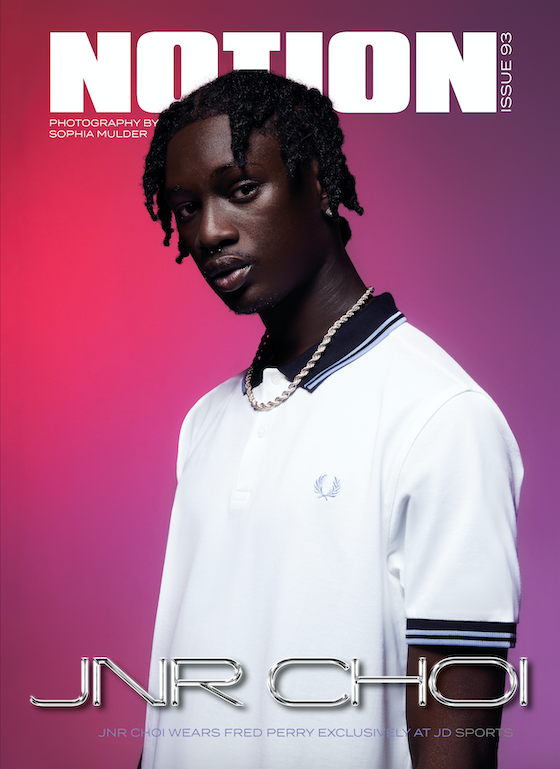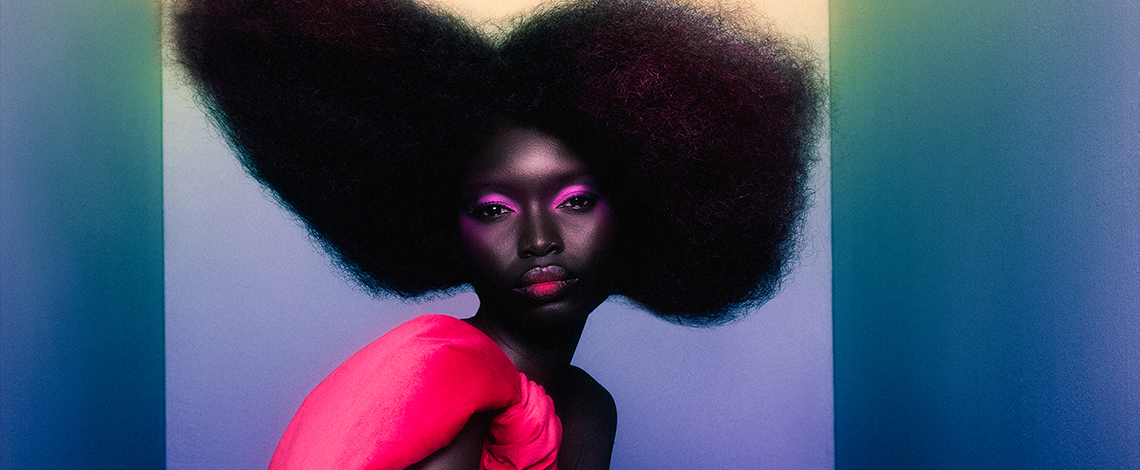In the ever-evolving landscape of Dutch fashion, photographer Sophia Mulder emerges as a genuine trailblazer. Drawing inspiration from the raw aesthetics of the ’80s and ’90s, coupled with her curated collection of vintage fashion magazines, Mulder’s portfolio boasts a distinctive style that she evolved through standing her ground. Navigating the saturated creative scene, we sat down with this emerging talent to unpack the swift rise of her popularity and the strategic steps she takes to carve out a space within the tapestry of the industry.
You have developed a certain style that is unmistakably characterizing to your work. How do you ensure that you stay true to what you stand for as a photographer?
My photography style is something that naturally emanates from within me. The style I have now is something I have built over the years, and stems from my likes and preferences. Anything I resonate with, I’ve developed into a signature—I’m very specific and meticulous when it comes to my work, from model selection to the colour palette. It’s important to me to consider the complete image, including models, makeup, hair, and styling. I like to be closely involved in the entire process. Even when working with teams, I always look at the bigger picture. Fortunately, clients often hire me for my photography style, giving me the chance to be more hands-on in other aspects of the photoshoot, such as the concept or layout.
What are your biggest sources of inspiration?
There are certain things that really appeal to me, especially specific eras like the ’80s and ’90s. Not necessarily the photography of that time, but rather the overall aesthetic—furniture, advertising, elements that I incorporate into my work. With each and every project I take on, my research commences with perusing vintage magazines; for instance, this Vogue Paris from 1960 I picked up on a market recently. I diligently collect them during my travels, scouring every antique market to find them.
When it comes to other photographers, my fascination lies with the bold experimenters who steadfastly remain authentic, much like the visionary Nick Knight, or fashion photographer Steven Meisel, whose mastery in black-and-white photography has inspired me to stay true to my vision.

How much do you focus on positioning yourself as a photographer alongside the actual work on set?
I believe it’s crucial that my work speaks for itself. I want to be known for my photography and focus on showcasing that rather than myself. My work is of course inherently connected to me as an artist, yet I want people to see and know me through my art. In the relatively small creative industry in the Netherlands, where attention quickly turns to newcomers, I’ve been clear from the beginning that I am invested in projects that fully speak to me. This way, I naturally attract people who appreciate my work.
Which project are you most proud of so far?
I’m proud of every project for various reasons, whether it’s because it led me to creative or personal growth. A notable moment was definitely my first magazine cover, an unexpected assignment that arrived on my doorstep even before my first global commercial campaign. Notion Magazine approached me, and from that moment on, everything happened rapidly. From shooting in London one week to editing the next, it was a very significant project, especially because I got to work with commercial clients like Fred Perry and JD Sports. Last year seems to be the year I’ve achieved a lot of “firsts”, from my first-ever editorial to my first international commercial campaign. Additionally, my recent editorial for Numéro also comes to mind, as this is a project where I was both the photographer and an art director. It felt particularly special because it truly reflects me as an artist. Putting together the entire team allowed me to execute my vision fully.

What are your criteria for a good collaboration?
While some photographers consistently work with the same person, I personally haven’t found that connection yet. However, I’ve had the privilege of working with amazing individuals who stand by what they want to convey. I appreciate those who maintain their style and are unwilling to water themselves down. I prefer collaborating with people who don’t say yes to everything. Once I choose to work with someone, I trust their vision completely, which leads to the best synergy in my opinion.
You’ve been active in the industry for over five years. Have you experienced any changes in the Dutch creative industry and the nature of your job as a fashion photographer?
I’ve noticed significant changes, especially as a female photographer. There used to be a lot of middle-aged men with one popular style dominating the magazine industry. Fortunately, this is slowly diminishing, and we see more women as well as a variety of styles being embraced. Previously, photographers were more narrowly defined within their field. Now, there’s more overlap, and photographers aren’t confined to being only a beauty photographer or someone who shoots fashion editorials exclusively. Although photography and fashion are traditional fields with certain rigid rules, these rules are becoming more flexible, which is a positive development. I wouldn’t feel welcomed if the field hadn’t evolved the way it has. It’s still challenging as a photographer with a steadfast approach.

Do you have any view of which themes you will be tackling with your photography upcoming year?
Many things in this line of work require patience. When the subject aligns with how I want to execute it, that’s when the time is right. However, it can take years for that alignment to happen. I sometimes don’t know what to expect; it all happens intuitively for me. Take for instance the Numéro editorial, I worked on that idea for a year and it took a while to execute it because the timing wasn’t right. Suddenly, during Christmas, everything fell into place, and I’m very pleased with the result now. Working as an artist within the creative industry is definitely not a linear process in that sense.
